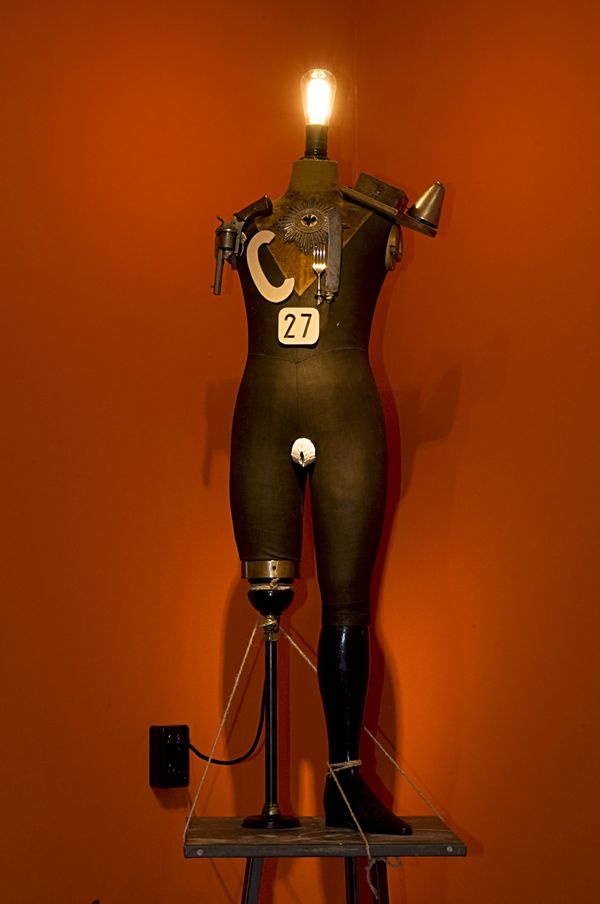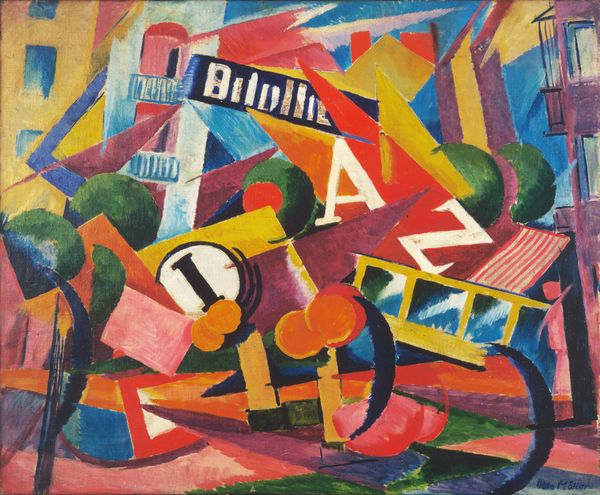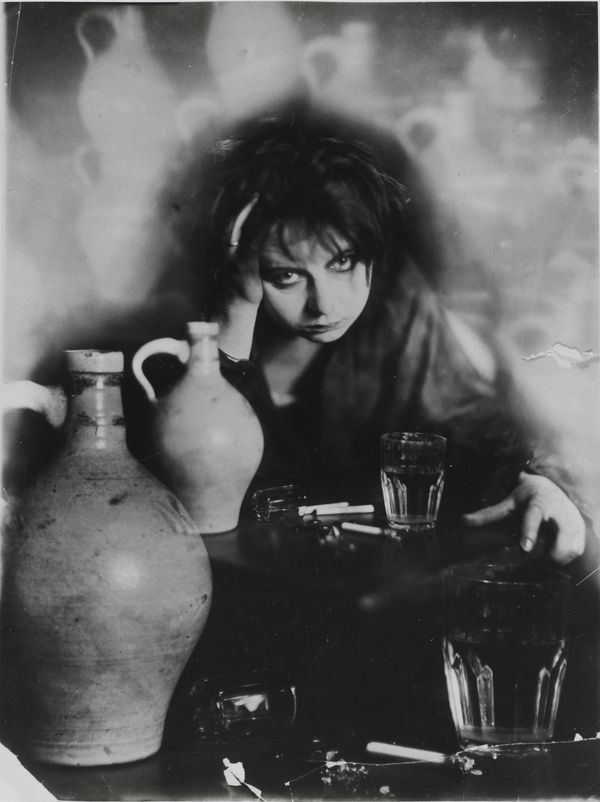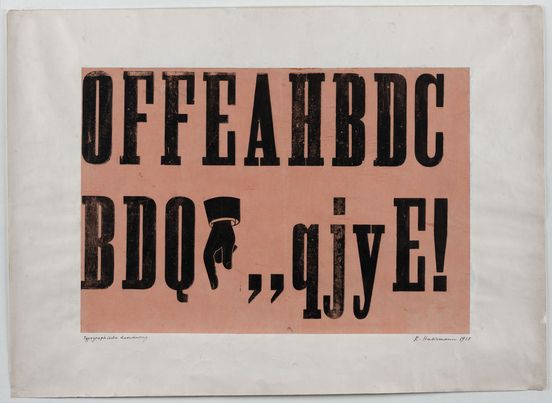The First World War wrecked all moral certainties. Soldiers died in the trenches from poisonous gas, grenades and bombs – an unprecedented inferno.

George Grosz und John Heartfield, The Conformist Heartfield Turned Wild, 1920, (Reconstruction Michael Sellmann 1988)
© Estate of George Grosz, Princeton, N.J. / VG Bild-Kunst, Bonn 2019The Dadaists
In neutral Switzerland a small band of artists rebelled with a radical anti-art they called Dada – a phoneme as nonsensical as the slaughter on the battlefields. In 1917 Richard Huelsenbeck brought this movement to Berlin. With their sound poems and presentations, photocollages and assemblages of everyday objects, Raoul Hausmann, John Heartfield, George Grosz, Hannah Höch and their companions broke all the rules of “fine art”. They lampooned bourgeois norms and values and with them the leaders of the Church and the armed forces who, in the eyes of the Dadaists, still controlled political and public life despite the German Revolution.
The Novembergruppe
A totally different approach was adopted by the artists of the Novembergruppe, founded in Berlin in the revolutionary upheaval of November 1918. They seized on the Kaiser’s abdication as an opportunity for a fresh start and wanted to play an active role in building a new society. This alliance, committed to the “closest possible mingling of the people and art”, brought together modern artists of very different styles and genres, including the painters Otto Möller and Arthur Segal, the sculptor Rudolf Belling and the architect Otto Bartning. Many exhibitions organised by the Novembergruppe prominently featured the international avant-garde, among them the Russian Constructivists and the Dutch group De Stijl. Soon the association was also joined by composers, writers and cinematographers, who put on concerts, recitals and films.

Otto Möller, Street Noise, 1920
© Nachlass Otto Möller
Marta Astfalck-Vietz, Untitled, around 1927
© VG Bild-Kunst, Bonn 2019The Photographers
of New Vision
Artistic techniques began to emerge in photography too, as painterly principles were cast aside and compositions were defined instead by the technological potential of the medium. Features included shots from extremely high or low angles and strong contrasts between light and dark. With this new visual language, exponents of Neues Sehen [New Vision] such as Umbo, Marta Astfalck-Vietz and László Moholy-Nagy challenged conventional ways of seeing.
